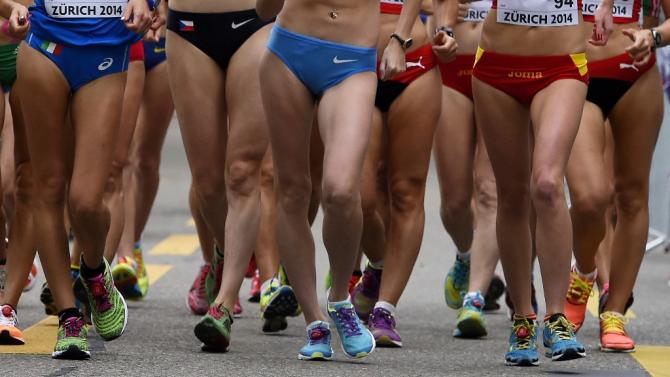A new study has just been published by the journal Sports Medicine which argues that, currently, between 14-39% of elite athletes are doping - that is, taking prohibited performance enhancing drugs. The Dutch authors, led by Oliver de Hon, the manager for scientific affairs for the national anti-doping organization of the Netherlands, conclude:
All doping-related discussions and decisions would be strengthened if this vital piece of information, i.e. scientifically reliable information on the prevalence of doping, becomes more readily available.Their conclusions are very much the same as the ones that I argued in my recent piece in Nature. The research by de Hon et al. adds some considerable empirical heft to calls for better data and methods in quantifying the prevalence of doping. Also, as officials involved in sports governance their calls for better evaluation of anti-doping policies should carry some gravitas.
Current data suggest that 14–39 % of elite athletes are doping, but this figure needs further confirmation in different groups of athletes with varying levels and backgrounds. Doping prevalence can be expected to fluctuate substantially between different groups. However, the prevalence figure can be expected to be far higher than the average of 1–2 % of athletes who are caught with doping substances, or their metabolites, in their system. There are many efforts underway to close this gap, but this process is by no means complete.
Evaluations of the prevalence of doping use are not only interesting for sports fans and journalists. They are necessary for anti-doping professionals to enable true evaluation of the effectiveness of their policies. If the non-dopers are cheated by the dopers too often, and when doping tests are insufficient to control doping use in a meaningful manner, anti-doping efforts are doomed to fail. This is not a problem for the anti-doping professionals, but first and foremost for the athletes they have vowed to protect. Tools to evaluate the prevalence of doping use in sports are readily available; they only need to be used more often.
Of note, the authors find that between 19 and 56% of athletes admit to using a permitted performance enhancing drug (nicotine) and conclude:
If the entire doping test system is indeed unable to keep the use of prohibited substances at a lower level than a permitted substance, it adds to the idea that current anti-doping testing is far from effective in curbing doping. It is also disconcerting that calls for more clarity in this area that were made more than 25 years ago have not yet yielded much progress.The paper is perhaps the most significant one yet published on the prevalence of doping and can be found at:
de Hon, O., Kuipers, H., & van Bottenburg, M. (2015). Prevalence of doping use in elite sports: a review of numbers and methods. Sports Medicine, 45(1), 57-69.Evidence suggests that lots of elite athletes dope, anti-doping policies aren't working, and anti-doping agencies aren't doing much about it.

No comments:
Post a Comment